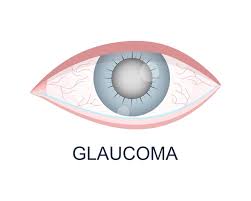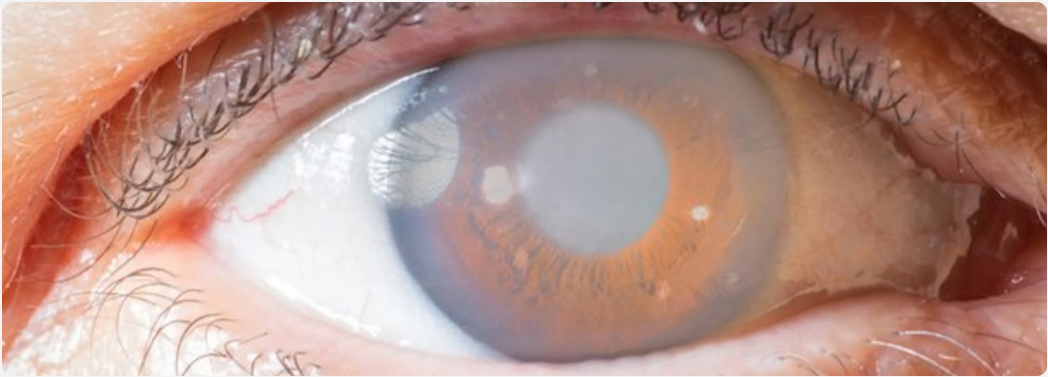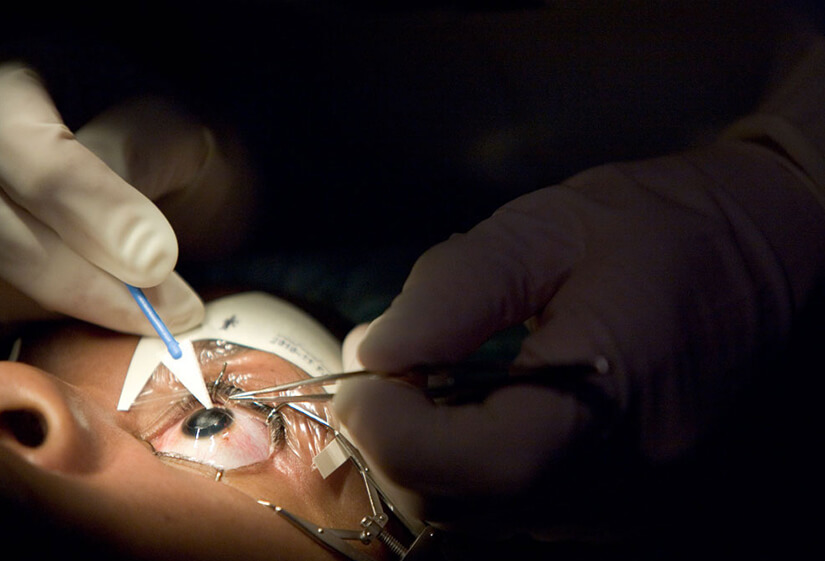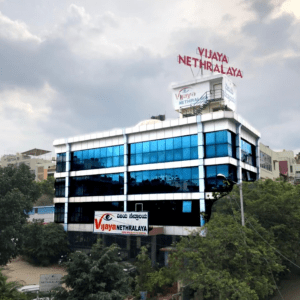INTRODUCTION:
Glaucoma, often referred to as the “silent thief of sight,” is a group of eye conditions that damage the optic nerve. Consequently, this leads to irreversible vision loss if left untreated. Furthermore, as one of the leading causes of blindness worldwide, early detection and proper management are crucial in preserving vision. While surgical interventions are available for advanced cases, many patients start with medication-based treatments to control intraocular pressure (IOP), and GLAUCOMA TREATMENT MEDICINE slows down the progression of the disease.

GLAUCOMA TREATMENT MEDICINE
1. Prostaglandin Analogs (PGAs):
Ophthalmologists often prescribe prostaglandin analogs, such as latanoprost, bimatoprost, and travoprost, as first-line therapy for glaucoma. These medications work by increasing the outflow of aqueous humor, thereby reducing intraocular pressure. Administer them once daily in the evening because they effectively lower IOP and have minimal systemic side effects.
2. Beta-Blockers:
Beta-blockers like timolol are another class of medications commonly used in glaucoma treatment. By reducing the production of aqueous humor, beta-blockers help lower intraocular pressure. These medications are available in both eye drops and oral formulations. However, doctors more commonly prescribe eye drops due to their localized action and fewer systemic side effects.
3. Alpha Agonists:
Alpha agonists, such as brimonidine, decrease the production of aqueous humor while also increasing its outflow. These medications are typically prescribed as adjunctive therapy or when patients are intolerant to other classes of drugs. Alpha agonists are available in eye drop formulations and are usually administered two to three times daily.
4. Carbonic Anhydrase Inhibitors (CAIs):
Carbonic anhydrase inhibitors, like dorzolamide and brinzolamide, work by reducing the production of aqueous humor. They are available in both topical and oral formulations, although topical administration is more common due to reduced systemic side effects. Doctors often use CAIs as adjunctive therapy when other medications fail to adequately control IOP.
5. Rho Kinase Inhibitors:
Rho kinase inhibitors, such as netarsudil, are a newer class of GLAUCOMA TREATMENT MEDICINE that work by increasing the outflow of aqueous humor through the trabecular meshwork. Doctors typically use these medications as adjunctive therapy in patients with open-angle glaucoma or ocular hypertension.
Conclusion:
Glaucoma treatment relies heavily on medications to reduce intraocular pressure and slow down the progression of vision loss. By understanding the different classes of glaucoma medications and their mechanisms of action, patients can actively participate in their treatment plan and work towards preserving their vision.
Author Details:
Dr. Sushruth Appajigowda holds a prominent position as a Cornea, Cataract, Glaucoma, and LASIK Surgeon in Bangalore. He serves as the chief Cataract and Refractive surgeon at Vijaya Nethralaya Eye Hospital, Nagarbhavi Bangalore. Renowned as one of the finest LASIK surgeons nationwide, he brings with him over 12+ years of experience across multiple LASIK platforms, including ZEISS, ALCON, SCHWIND, AMO, and Bausch and Lomb. Having successfully conducted over 5000 LASIK procedures, Dr. Sushruth holds the title of a Certified Refractive Surgeon and a Fellow of the All India Collegium Of Ophthalmology. Furthermore, he stands as a distinguished speaker at various National and International Forums, using his expertise to guide you in selecting the most suitable procedure based on your health requirements.













